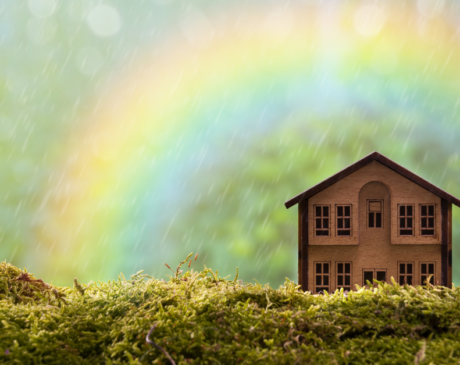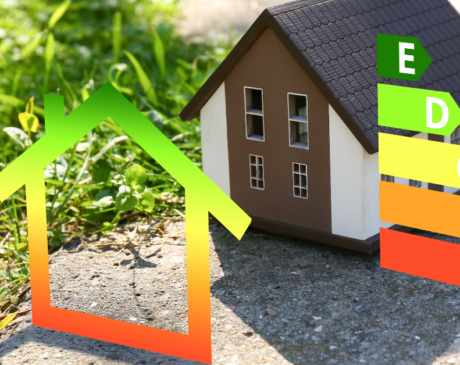Embracing Sustainable Living with Modern Mud Houses
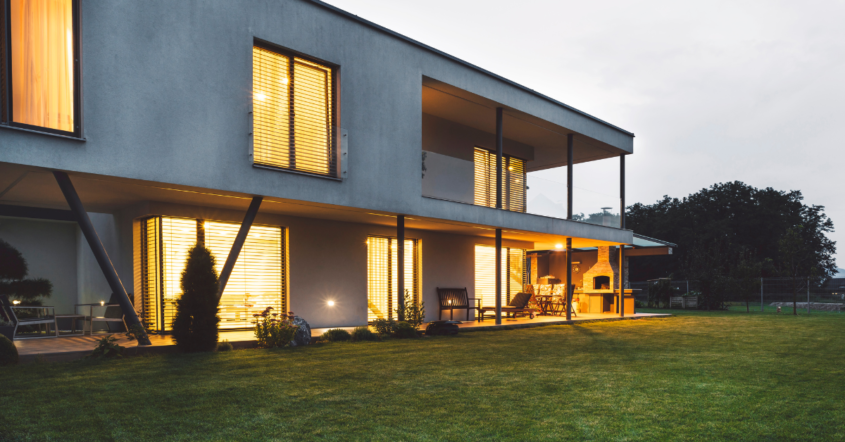
In recent times, there has been a growing interest in sustainable construction methods, with mud emerging as a traditional and environmentally friendly building material of choice.
Contemporary mud houses are experiencing a surge in popularity as a sustainable alternative to conventional construction materials such as concrete and steel.
Although mud houses have a long history, modern innovations in techniques and designs have revitalized their appeal.
Rammed earth homes have historically been a preferred housing option in developing nations where resources and access to modern building materials are limited.
Nevertheless, architects and builders in developed countries are also embracing mud houses, primarily due to their sustainability and cost-effectiveness.
Mud houses are crafted from natural materials and have a significantly smaller carbon footprint compared to conventional building materials.
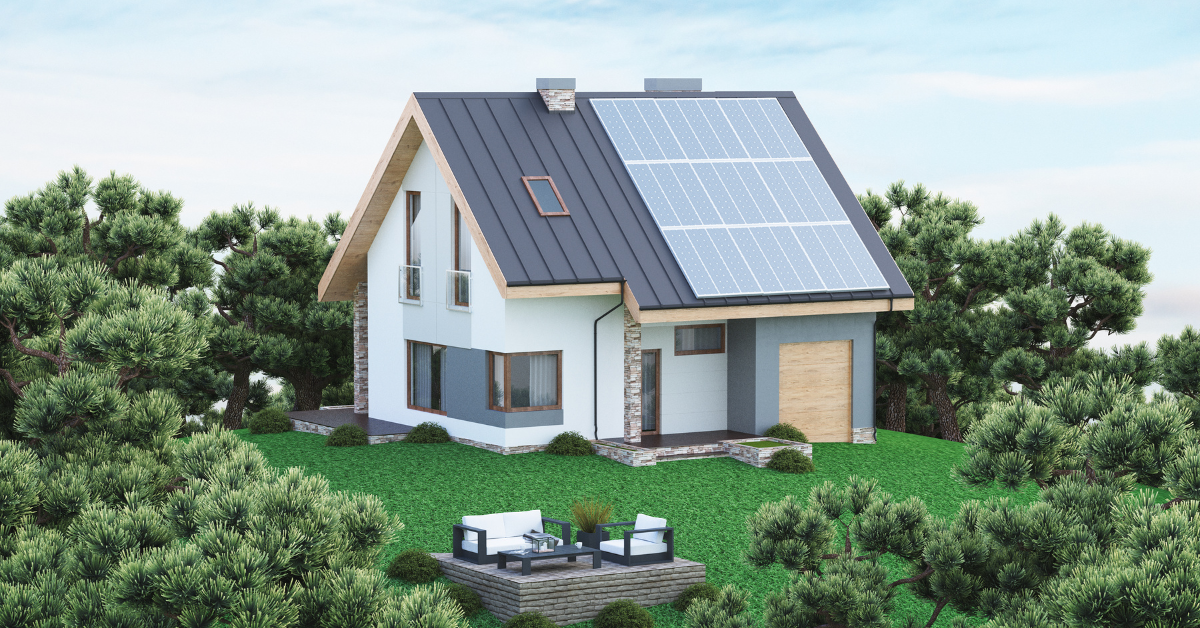
Benefits of Modern Mud Houses
Environmental Sustainability
Modern mud houses offer a sustainable housing solution by significantly reducing their environmental impact. Mud is a readily available and natural resource that requires minimal energy for both production and transportation.
Moreover, these houses are biodegradable and can be recycled at the end of their lifecycle, contributing to a greener planet.
Exceptional Insulation
One of the standout features of modern mud houses is their remarkable insulation properties. Thanks to its excellent thermal mass, mud can efficiently store and release heat gradually, maintaining a stable indoor temperature throughout the day.
This results in mud houses being naturally warm in winter and cool in summer, reducing the need for energy-intensive heating and cooling systems. Ultimately, this leads to energy efficiency and cost savings on utility bills for homeowners.
Fire Resistance
Unlike traditional mud houses, modern mud houses can be constructed with fire-resistant materials. Builders often incorporate lime, cement, or sand into the mud mixture to enhance fire resistance.
Additionally, features like metal roofs, fire-resistant doors, and tempered glass windows can be integrated to further fortify the house against fire hazards.
While modern mud houses can offer increased fire resistance, it is crucial to maintain them properly to ensure continued safety.
Sound Insulation
Contemporary mud houses, like their traditional counterparts, excel in providing exceptional sound insulation.
The thickness and density of mud walls naturally act as a barrier, effectively blocking external noises and creating a serene indoor environment. Mud walls have the ability to absorb and dampen sound waves, minimizing echoes and reverberations within rooms.
This makes modern mud houses particularly suitable for locations with high levels of noise pollution, such as areas near busy roads or airports.
Additionally, homeowners can enhance soundproofing by adding insulation to the walls.
Cost Efficiency
Modern mud houses often come with the added benefit of affordability when compared to traditional brick, concrete, or other construction materials. Rammed earth, being a locally available, renewable, and economical resource, significantly reduces construction costs.
Furthermore, the construction process for mud houses does not necessitate highly skilled labor or specialized equipment, further contributing to cost savings in the building process.
Customizability
Modern mud houses offer a high degree of customizability. Mud can be molded into various shapes and sizes, and it can be mixed with natural materials such as straw or rice husks to achieve different textures and finishes.
This flexibility allows homeowners to design mud houses according to their specific preferences and requirements, making them adaptable to different climates and environments.
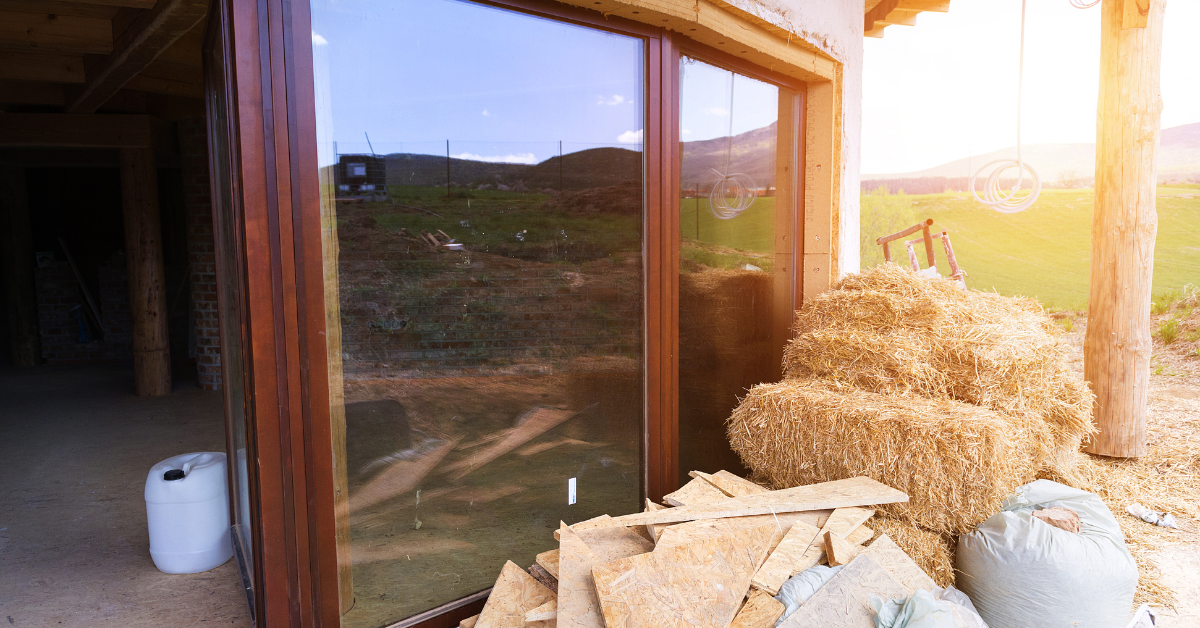
Considerations about Modern Mud Houses:
While mud houses come with numerous advantages, including sustainability, cost-effectiveness, and energy efficiency, there are also some important considerations associated with building and living in them:
Moisture Absorption
Mud is a porous material that can absorb moisture, potentially leading to issues like mold and mildew. To mitigate this, modern mud houses often incorporate moisture barriers and effective drainage systems to prevent water infiltration into the walls.
Termite Susceptibility
Mud houses can be vulnerable to termite damage, as termites may feed on mud walls, posing structural and safety concerns. To address this, mud houses can be constructed using termite-resistant materials or treated with appropriate pesticides to deter termite infestations.
Climate Suitability
Modern mud houses may not be adaptable to all climatic conditions. In areas with abundant rainfall, mud walls may erode or gradually lose stability over time. Similarly, within hot and arid environments, mud walls might experience cracking and deterioration due to prolonged sun exposure.
It is imperative to meticulously assess the specific climate characteristics of a given region when planning and constructing contemporary mud houses, guaranteeing their sustained resilience.
7 Tips for Managing Your Modern Mud House:
- Regular Wall Inspection: Regularly inspect the mud walls of your house for any signs of damage, such as cracks or erosion.
Prompt repairs can prevent further deterioration and ensure the longevity of the walls. - Roof Maintenance: Maintain your roof properly, as it plays a crucial role in protecting your mud house. Ensure it is free of leaks, as moisture can damage the mud walls.
- Adequate Ventilation: Proper ventilation is essential to prevent moisture buildup and promote air circulation within your mud house. Utilize exhaust fans and open windows to ensure adequate ventilation throughout the property.
- Humidity Monitoring: Keep an eye on indoor humidity levels, as high humidity can lead to moisture-related issues in mud walls. Use a hygrometer to monitor humidity and take steps to reduce it if necessary.
- Gentle Cleaning: Mud walls require gentle cleaning to avoid damage to the natural material. Avoid harsh chemicals and abrasive materials when cleaning to preserve the integrity of the walls.
- Fire Safety Precautions: Even though modern mud houses can be made fire-resistant, it’s crucial to take fire safety precautions. Install smoke detectors, avoid open flames indoors, and store flammable materials safely.
- Pest Prevention: Mud walls can be vulnerable to pests like termites. Prevent infestations by using termite-resistant materials and regularly inspecting the walls for signs of pest damage.
Building Modern Mud Houses for a Sustainable Future:
Modern mud houses offer numerous benefits to homeowners and the environment. As awareness of these advantages grows, we can expect to see an increase in the popularity of mud houses as a sustainable and eco-friendly housing option in communities worldwide.

